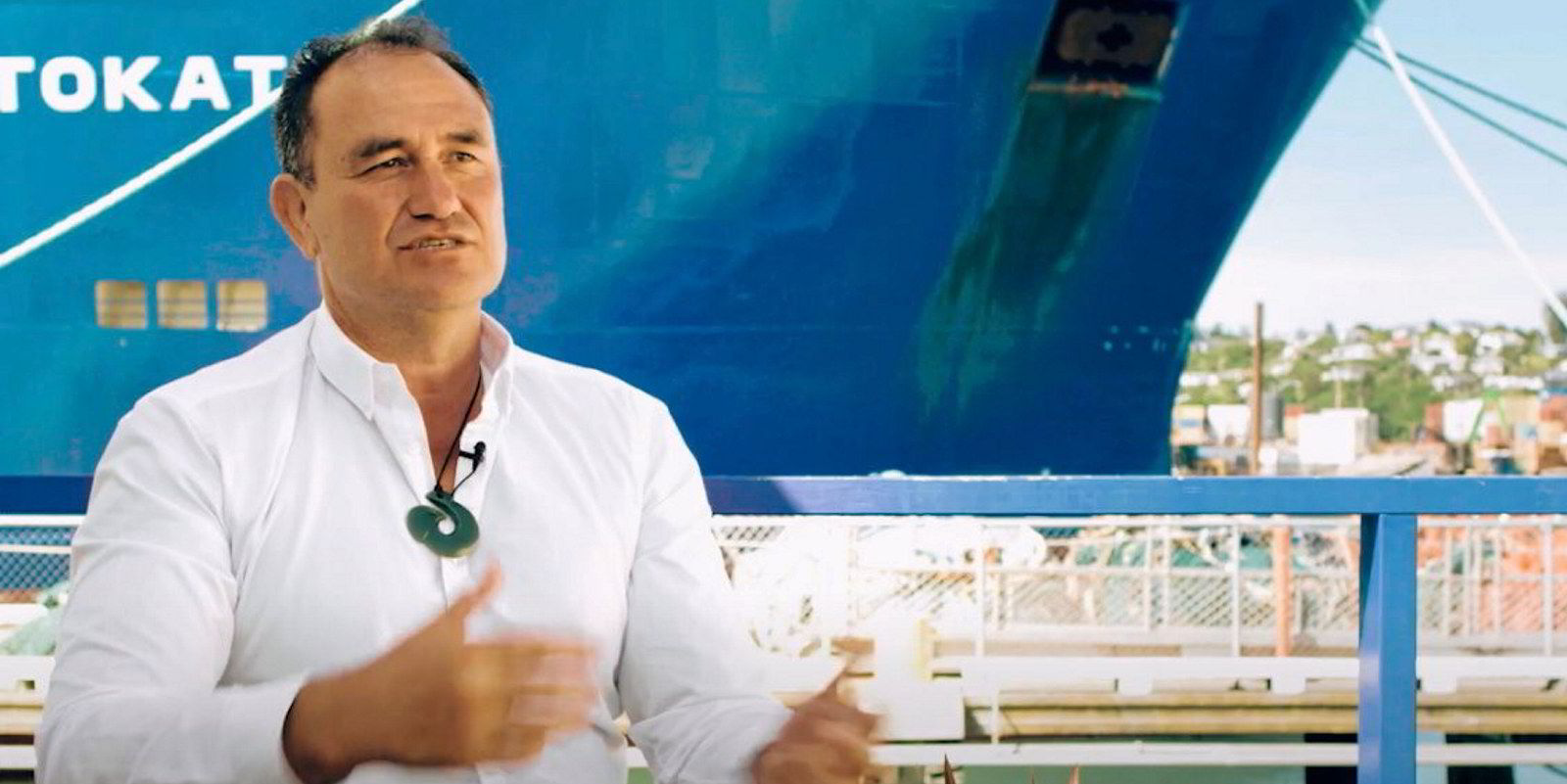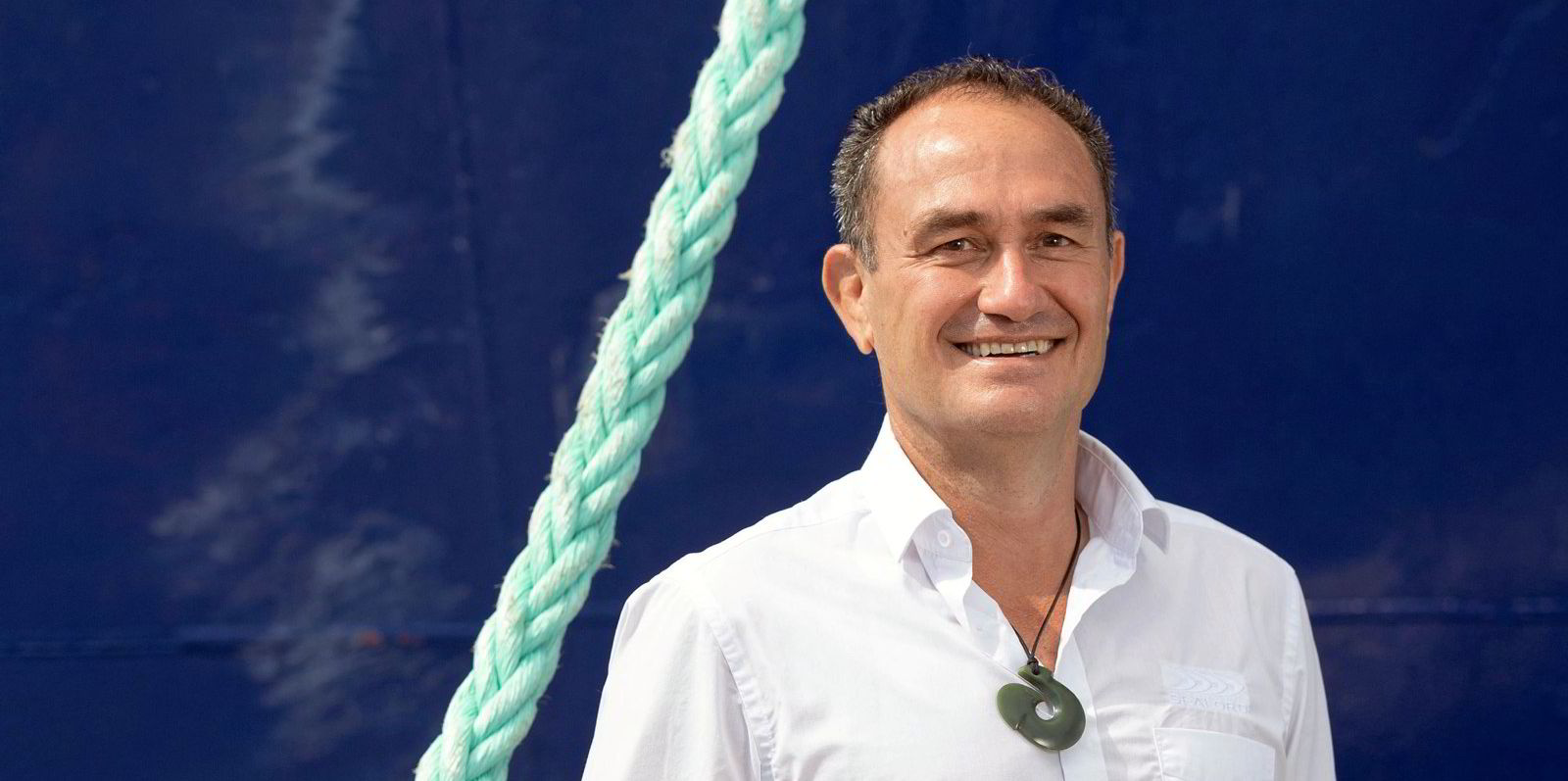Sanford, New Zealand’s largest seafood company, said a combination of prudence and perseverance has helped it improve profitability for the 2022 financial year, although it has not yet recovered to the level of pre-pandemic earnings.
Sanford reported an 8.6 percent rise in sales revenue for 2022 to NZD 531.9 million (€314 million/$324.1 million).
Adjusted earnings before interest were up 72.5 percent to NZD 40.2 million (€23.7 million/$24.5 million), a strong improvement over last year but not yet back to pre-COVID levels of around NZD 60 million (€35.4 million/$36.6 million).
Net profit after tax was NZD 55.8 million (€32.9 million/$34 million), up 244 percent over the previous 12 months, but assisted by the sale of crayfish quota in April.
CEO Peter Reidie said the financial results are pleasing and a reflection of a careful approach, combined with hard work.
“We needed to ensure we were in the right position to take advantage of lifting global demand," he said. 'We have done that by being careful about our spending and very focused on our relationships in the diverse global markets we sell to. We have not yet got back to our pre-Covid levels of profitability, but we have clearly turned the corner and it is pleasing to be growing and paying a dividend again.”
Sanford’s wild-catch division performed well in the financial year, with sales revenue up 8.8 percent and profit contribution up 62.3 percent.
“Deepwater has been the standout segment this year, although our inshore business has not been performing to expectations and, as part of our wider strategy, we are looking to change that in the year ahead,” said Reidie.
Sanford’s mussels business suffered from the New Zealand's tight labor market, with sales volume down 4.4 percent and profit contribution of NZD 0.4 million (€0.2 million/$0.2 million) versus $0.8 million (€0.5 million/$0.5 million) in 2021. The business was also hurt by having long-term contracts set when pricing was under pressure.
Meanwhile, Sanford's farmed salmon was the first division to recover from post-COVID lockdown impacts on flat volume with growing revenue and an increase in its profit contribution of 20.6 percent.
Reidie says the prudent approach continues in other areas of Sanford’s business.
For example, Sanford is in the process of contracting for a new vessel for our scampi fleet. It had originally planned to purchase three of these vessels up front but has now decided to adopt a one-at-a-time approach.
Sanford released its refreshed strategy for the next five years in June. Its strategic priorities are to grow its salmon and mussel divisions, sustain its deepwater fishing business and turnaround its inshore fishing.
Currently the work in progress includes examining the structure of Sanford’s business divisions to enable each of the units to focus on delivering its own P&L.
Reidie says with the work underway and he is confident that Sanford is on a growth pathway.
“Supply chain constraints are ongoing, labor remains an issue despite our concentrated efforts, and we operate in a world with many geopolitical uncertainties. Plus, we continue to be dependent on Mother Nature for our beautiful seafood. But I am confident we are building a sustainably stronger and more consistent company, which I believe has the ability to grow profitability beyond pre-COVID levels.”




